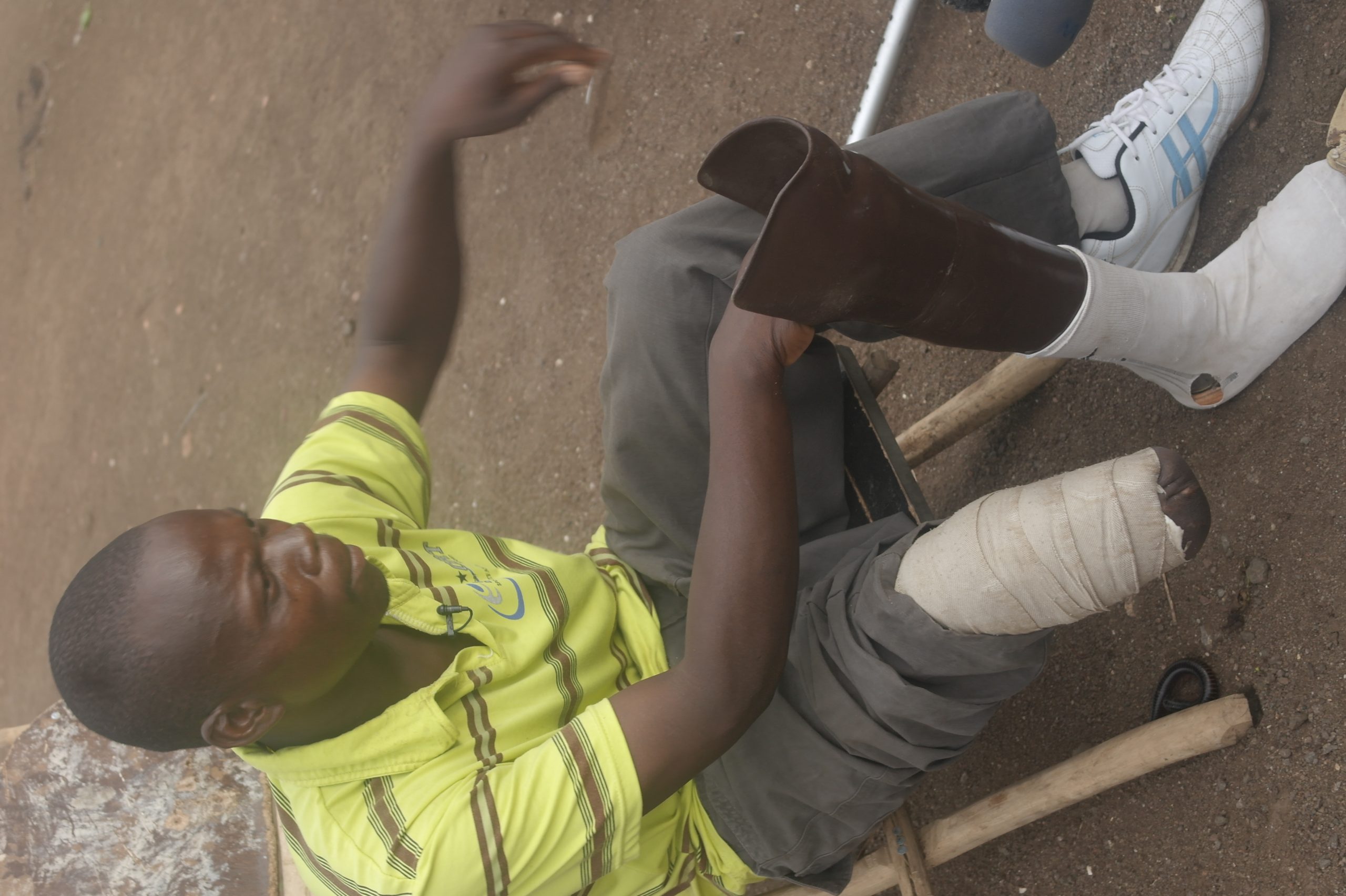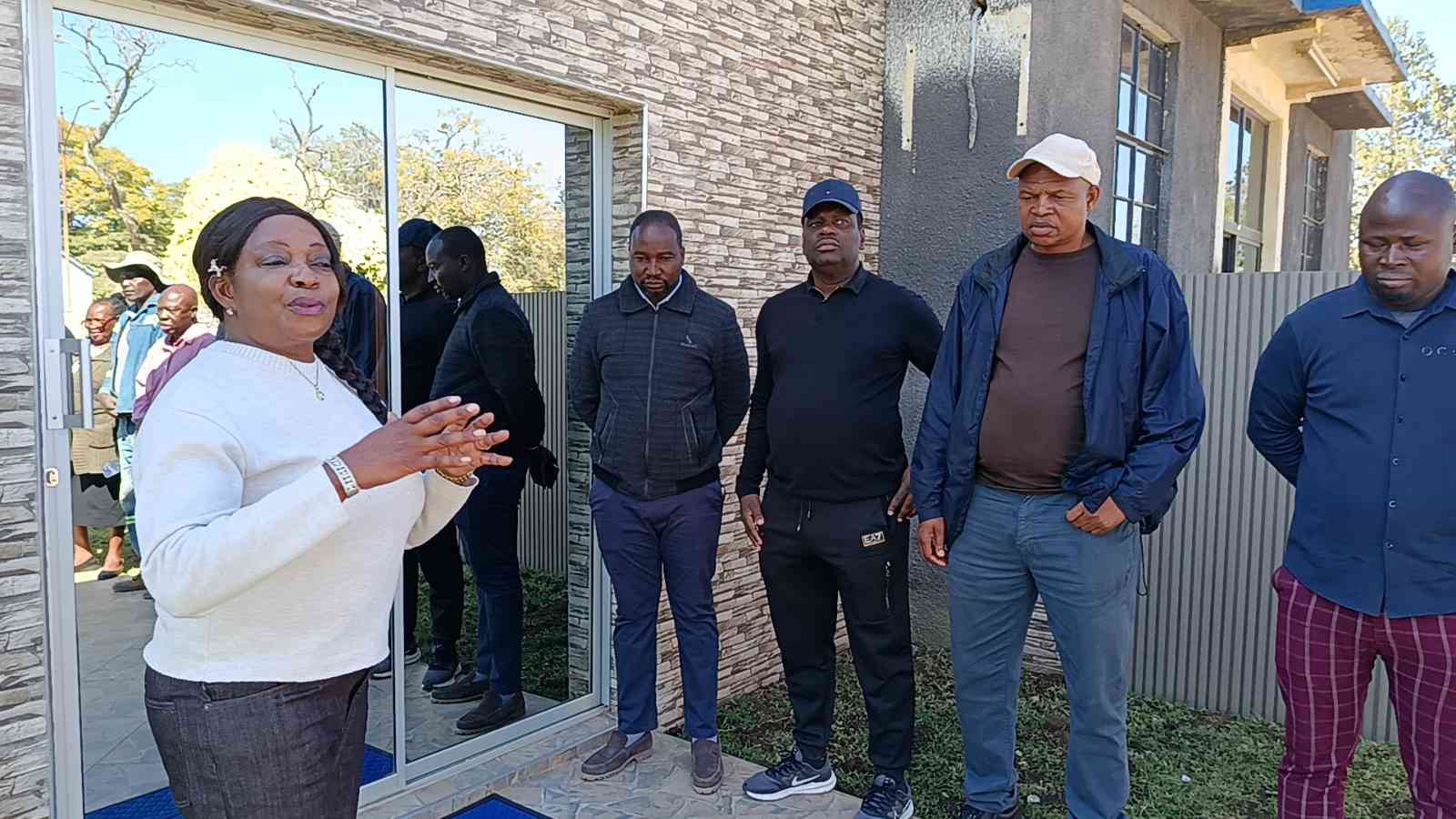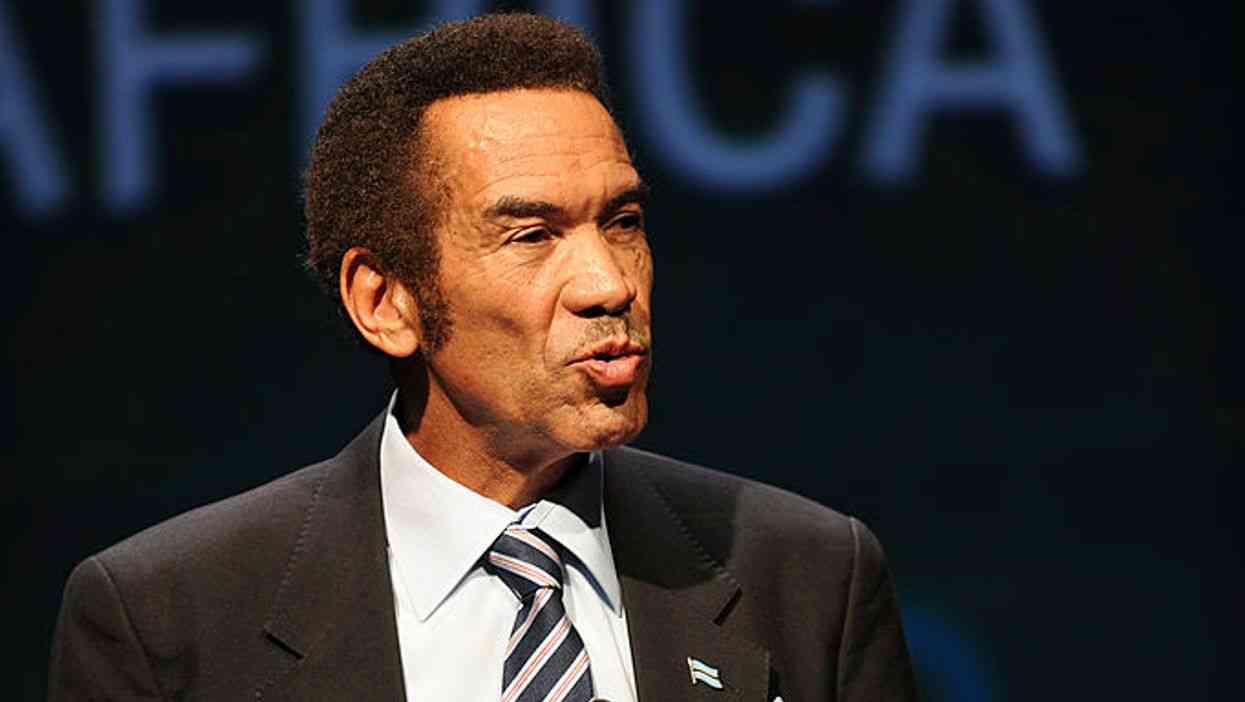
VILLAGERS in Gwaivhi village near Sango Border Post in Masvingo province still live in fear of landmines, which have killed 1 550 people and maimed more than 2 000 others since the country’s independence in 1980.
BY ELIAS MAMBO, recently in Sango Border post
Areas around Sango border post, a gateway into Mozambique, are some of the places along Zimbabwe’s borders that are still littered with landmines, making life unbearable for villagers.
Villagers here likened their place to a war zone.
“Living in a minefield area is no different from living in a war zone, as you are always living in fear of being hurt or killed any day,” said a 30-year-old amputee, Philemon Sibanda.
Sibanda lost part of his leg after he stepped on a landmine in 1998 while herding cattle in his village.
Most of the landmines were planted by the Rhodesian army along Zimbabwe’s northern and eastern borders to prevent infiltration of former freedom fighters from Mozambique and Zambia.
Sibanda is however hopeful that current joint efforts by the government and International Committee of the Red Cross (ICRC) to remove landmines along the border would bear fruit to enable villagers and their livestock to move around freely again.
- Chamisa under fire over US$120K donation
- Mavhunga puts DeMbare into Chibuku quarterfinals
- Pension funds bet on Cabora Bassa oilfields
- Councils defy govt fire tender directive
Keep Reading
Zimbabwe has been struggling to demine areas along its borders, following the withdrawal of the European Union, Germany and the US governments, who were funding the programme.
The countries accused President Robert Mugabe of human rights violations.
At independence, Zimbabwe had six minefields covering an estimated 2 700km of its borders with Zambia and Mozambique.
The biggest was the Musengezi-Rwenya minefield in Mashonaland Central province, which was 335km long, followed by the Victoria Falls-Mlibizi field which was 220km in extent.
The Crook’s Corner-Sango one was 53km. There was also the 50km Sheba Forest-Beacon Hill field and Rusitu-Muzite Mission (75km) in Manicaland province.
According to the Halo Trust, a British-based demining organisation, Zimbabwe remains one of the densest minefields in the world.
Mkululi Ncube of the Zimbabwe National Army (ZNA), who leads the demining exercise, said the demining exercise would take another 30 years if the international community did not chip in.
“The government had been funding the mine-clearing operation since 1982. We need assistance. There is no country, which is a state party to the Ottawa Treaty, which does not get assistance from the international community,” said Ncube.
It is estimated that Zimbabwe, which is struggling to settle a huge external debt and feeding its people, would need at least US$100 million to clear the landmines.
Ncube said the Rhodesian army laid mines along the northern and eastern borders to prevent infiltration of freedom fighters from Mozambique and Zambia.
“Three million anti-personnel mines were laid in six distinct minefields with a total area of 850km, and some of them are above surface,” said Ncube.
Apart from killing and maiming people, Ncube said, the landmines had also left at least 800 000 people traumatised.
He said although most of the minefields were clearly marked, they had been vandalised by locals, exposing villagers to danger.
In 1999, Zimbabwe became a signatory to the Ottawa Convention on the Prohibition of the Production, Transfer, Stockpiling and Use of Anti-Personnel Landmines.
The country was supposed to have cleared its landmines within 10 years of signing the treaty.










